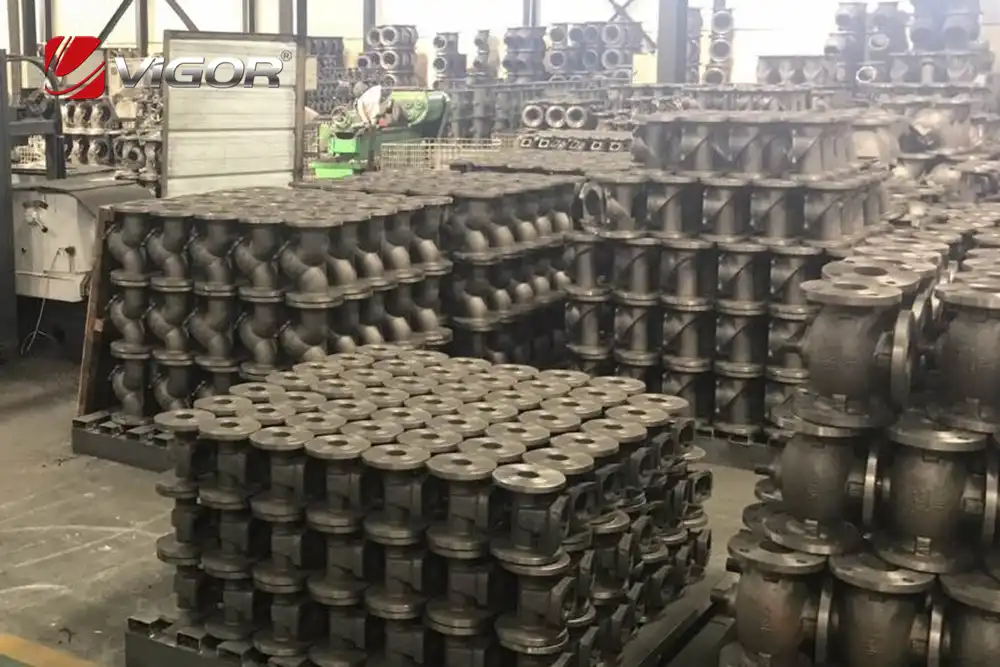
Knowledge
Valve Body Heat Treatment
Valve heat treatment refers to the process of heating and cooling valve components to alter their microstructure and properties, thereby enhancing the strength, hardness, wear resistance and corrosion resistance of the valves. Heat treatment is a crucial step in the valve processing technology and is of vital importance for improving the service life and performance of the valves.
Valve heat treatment mainly includes annealing, normalizing, quenching and tempering processes. The selection of different processes depends on the type and requirements of the valve materials.
The following will provide a detailed introduction to these processes.
--Annealing refers to heating the valve material to a certain temperature and then slowly cooling it down. Annealing can eliminate the residual stress within the material, enhance its plasticity and toughness. For some high-carbon steel and alloy steel materials, annealing can also alter their microstructure, thereby increasing their hardness and wear resistance.
--Normalizing refers to heating the valve material to a certain temperature and then rapidly cooling it. Normalizing can transform the material's microstructure into martensite, thereby enhancing the hardness and strength of the material. Normalizing is applicable to some valve parts that require high strength and hardness.
--Quenching refers to heating the valve material to a certain temperature and then rapidly cooling it to below room temperature. Quenching can transform the material's microstructure into martensite or bainite, thereby further enhancing the hardness and strength of the material. Quenching is applicable to some valve parts that require extremely high strength and hardness.
--Tempering refers to heating the valve material that has undergone quenching to a certain temperature and then slowly cooling it down. Tempering can eliminate the internal stress generated during quenching, enhancing the toughness and corrosion resistance of the material. Tempering is applicable to some valve parts that require a balance between strength and toughness.
When conducting valve heat treatment, the following points need to be noted. Firstly, an appropriate heating and cooling process should be selected to ensure that the material can meet the required performance requirements. Secondly, the temperature and time of heating and cooling should be controlled to avoid overheating or overcooling, which may cause adverse effects on the material. Moreover, strict quality inspection of valve parts should be carried out to ensure that the parts after heat treatment meet the requirements.
Valve heat treatment is one of the important processes for enhancing valve performance. By choosing the appropriate heat treatment process, the strength, hardness, wear resistance and corrosion resistance of the valve can be improved, thereby extending the service life of the valve. When conducting valve heat treatment, it is necessary to pay attention to the control of process parameters and the importance of quality inspection to ensure the reliability and stability of the heat treatment effect.
If you have any questions, demand, related parts development or improve your supply chain, please feel free to contact us atinfo@castings-forging.com




